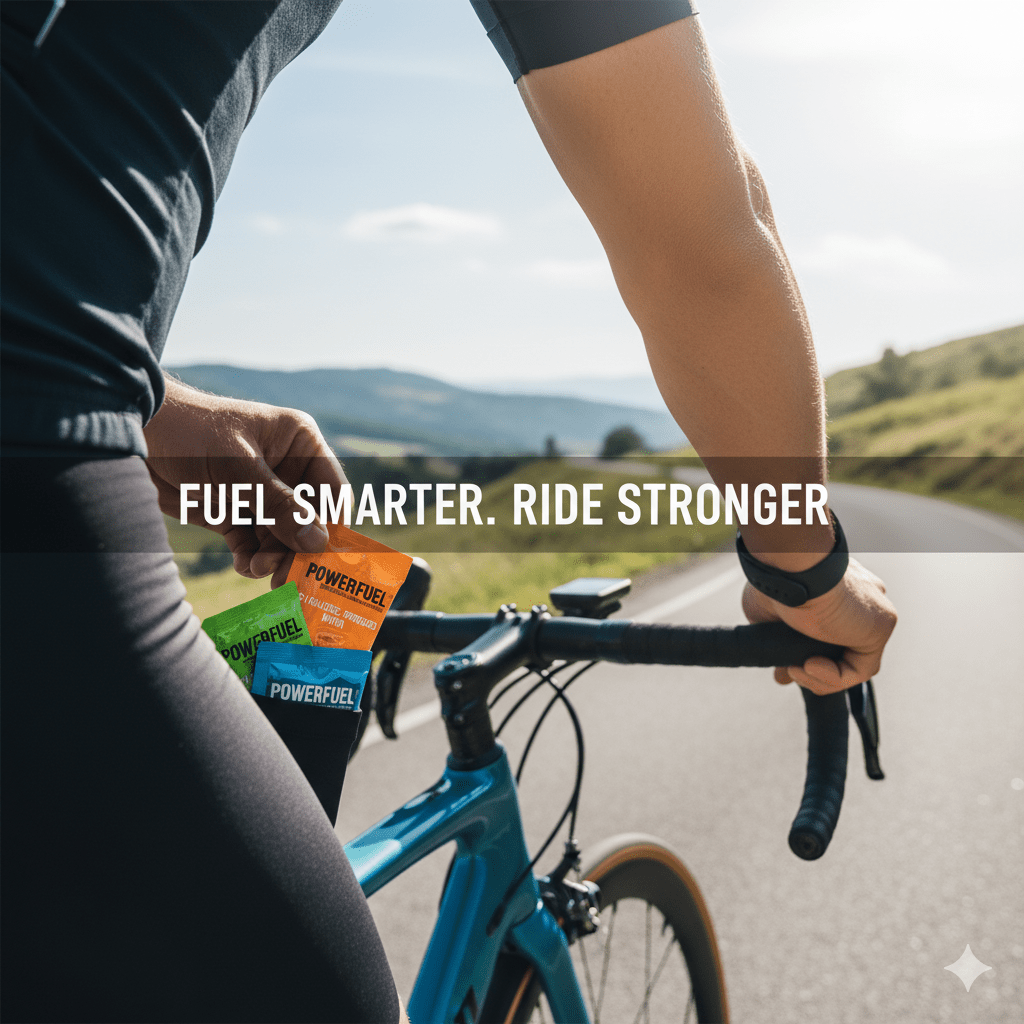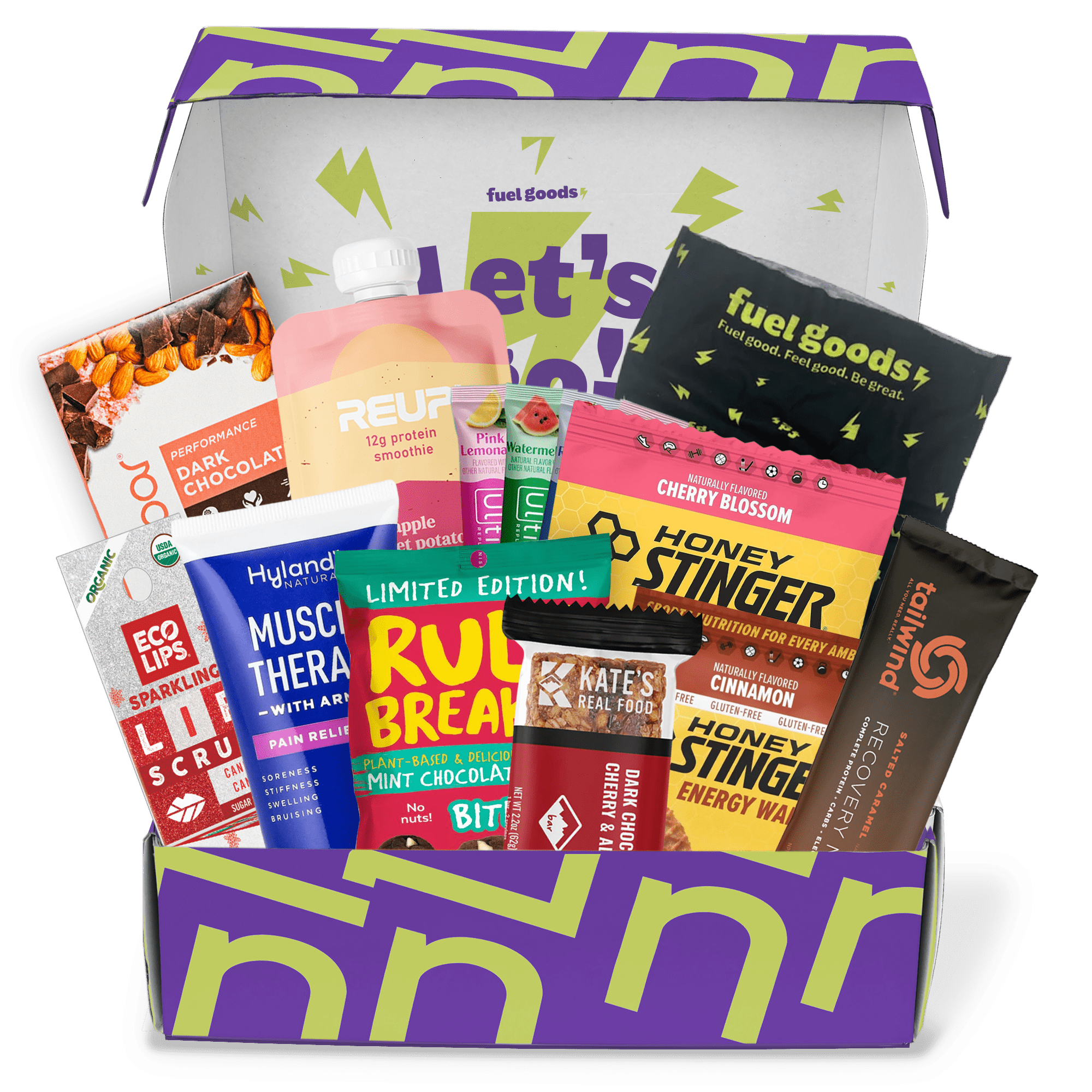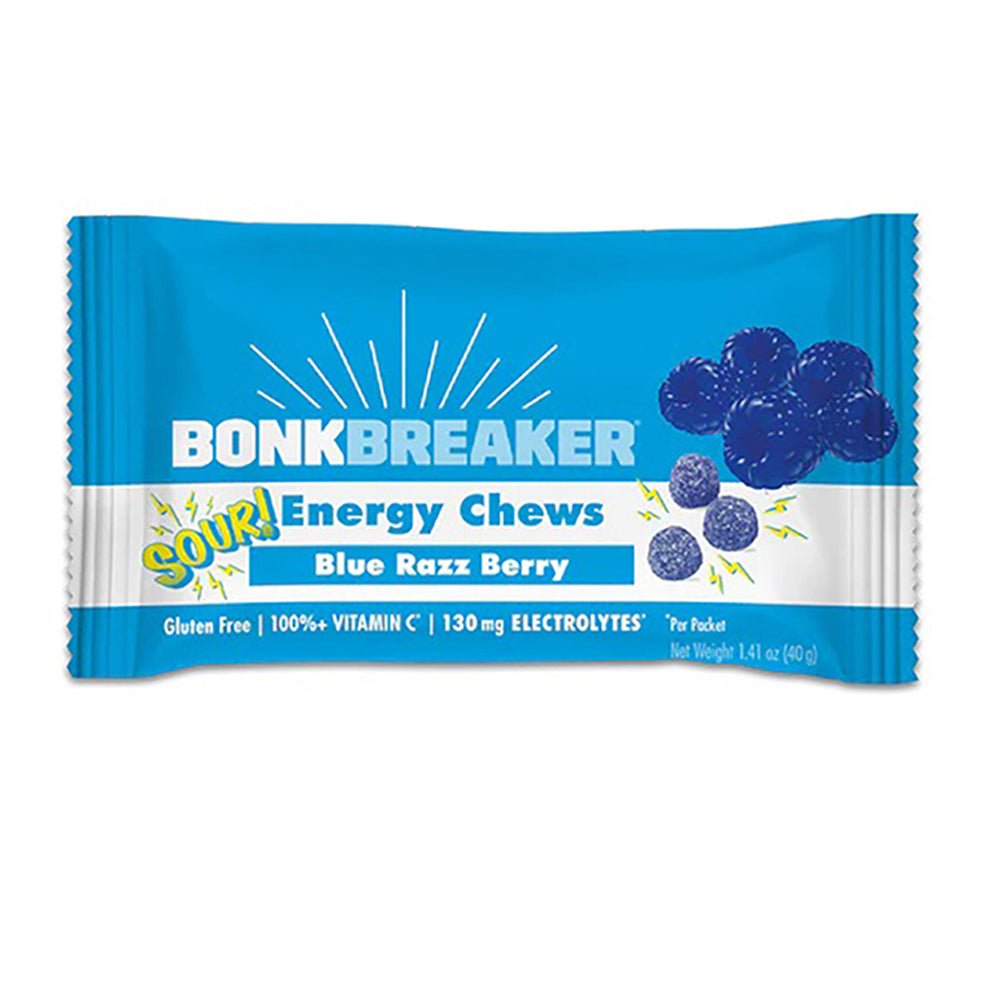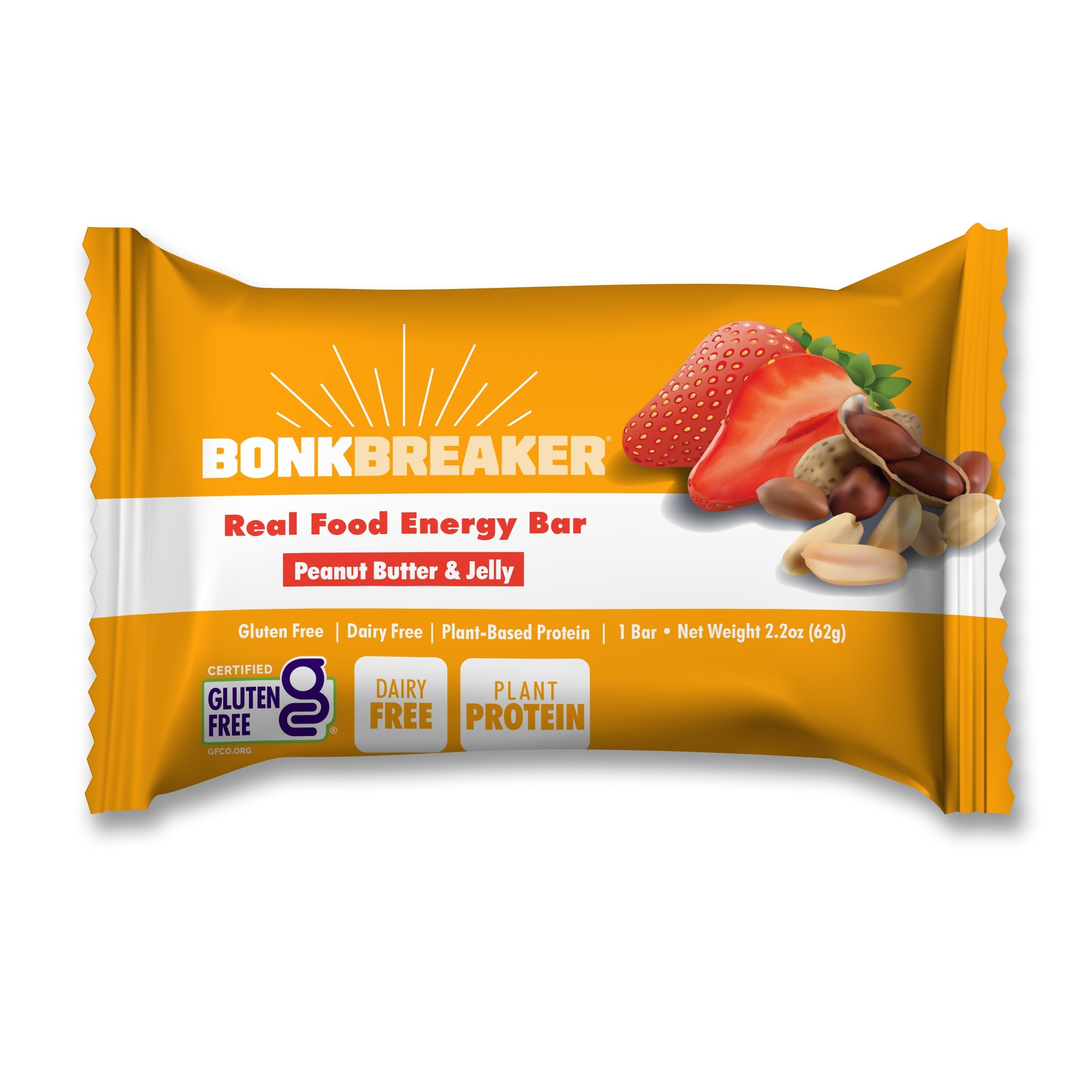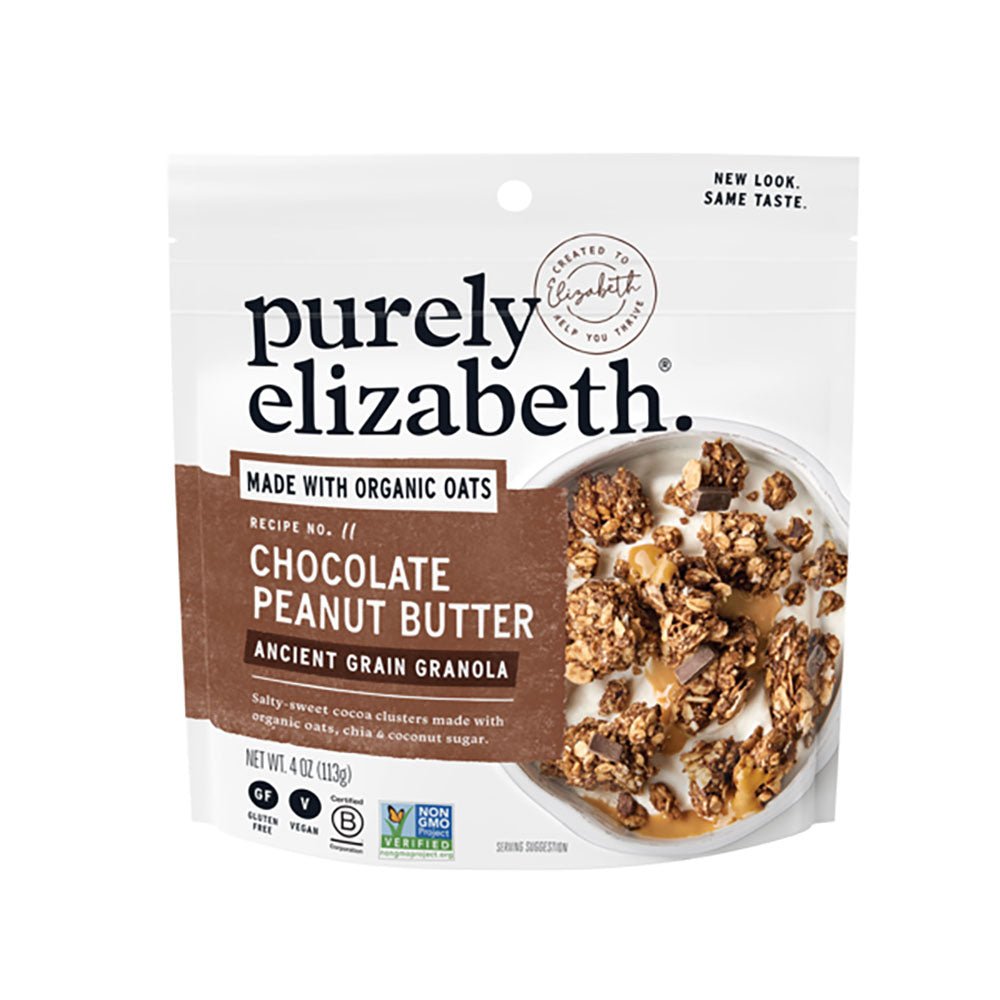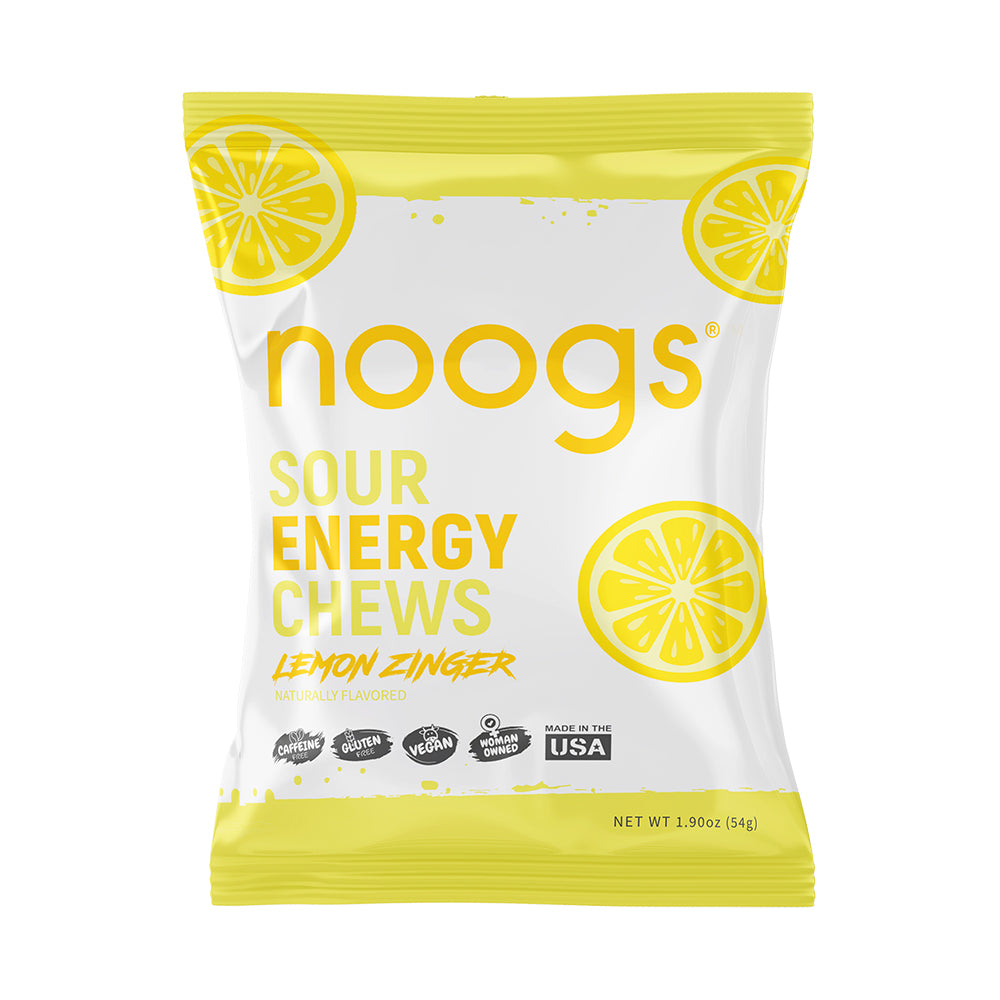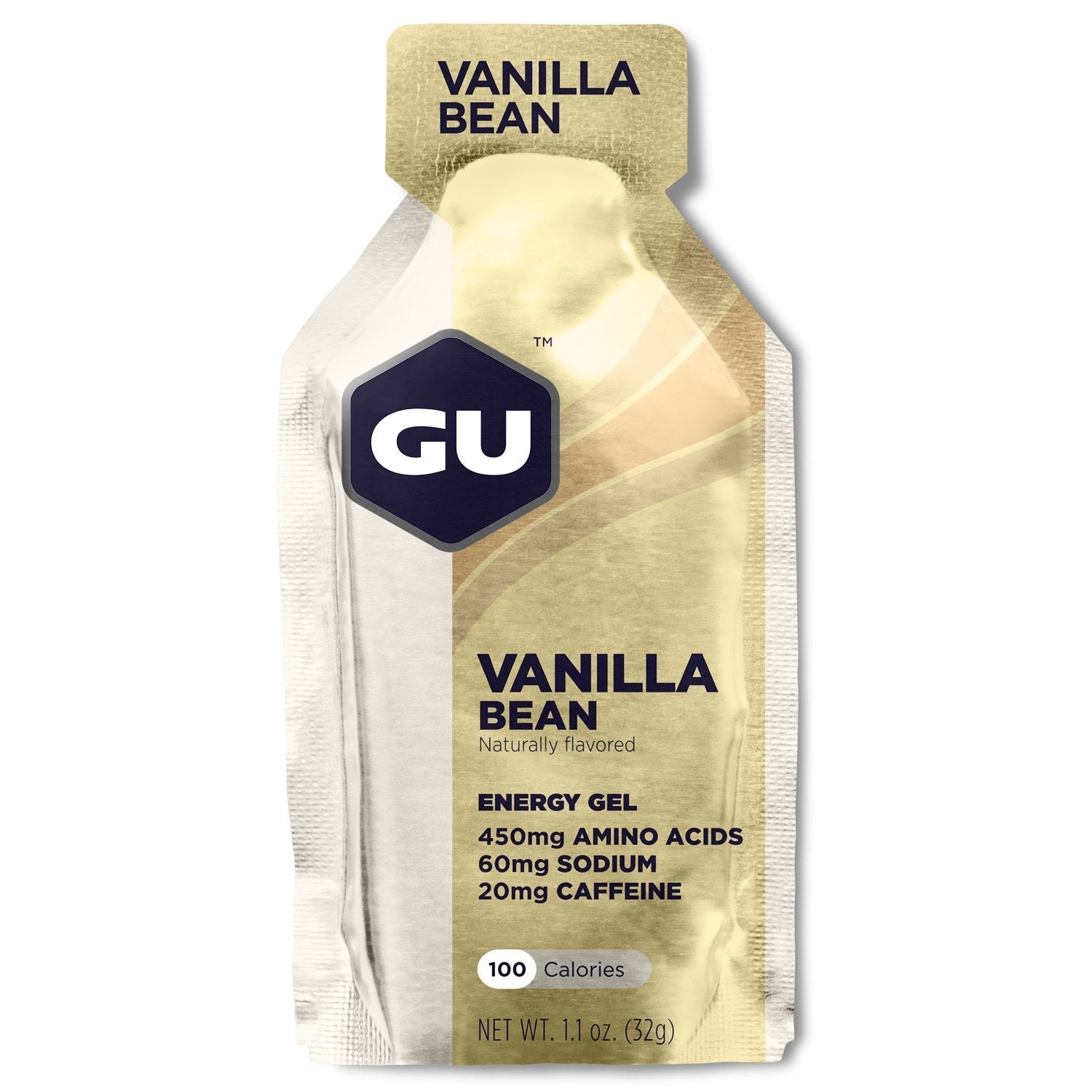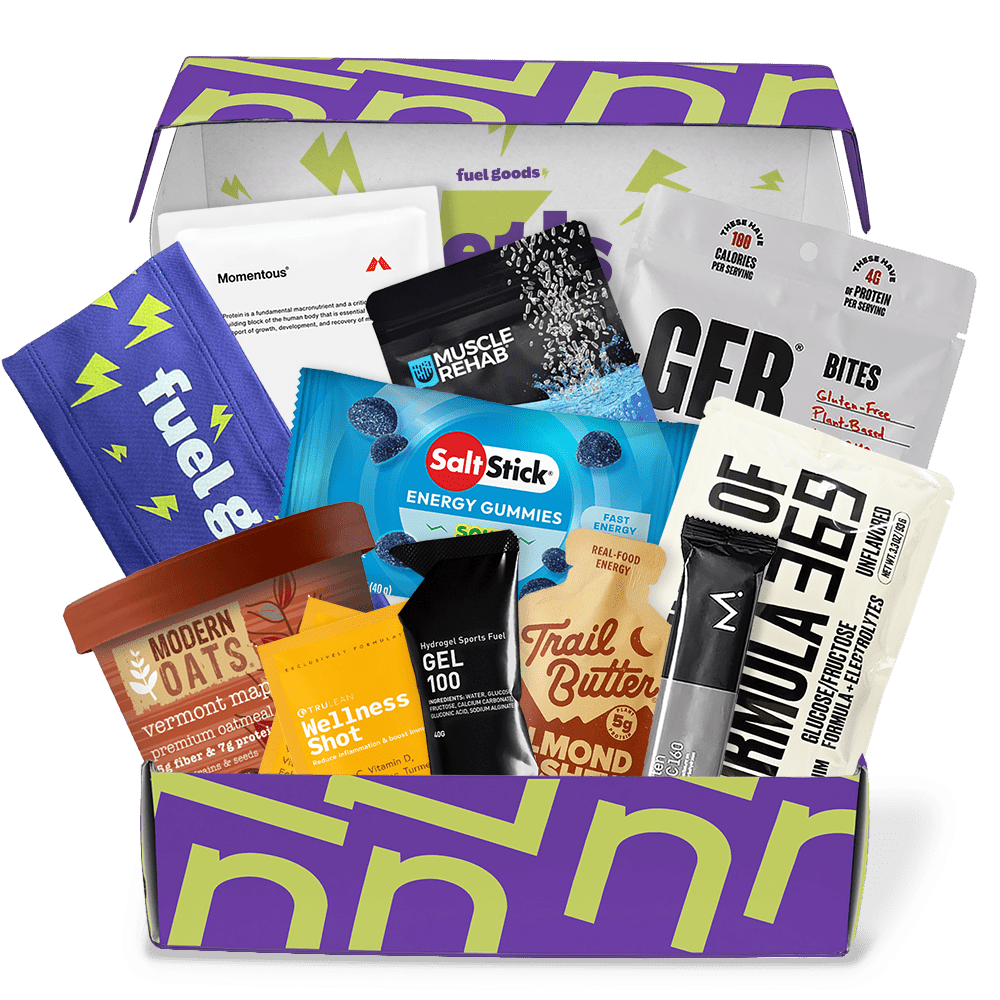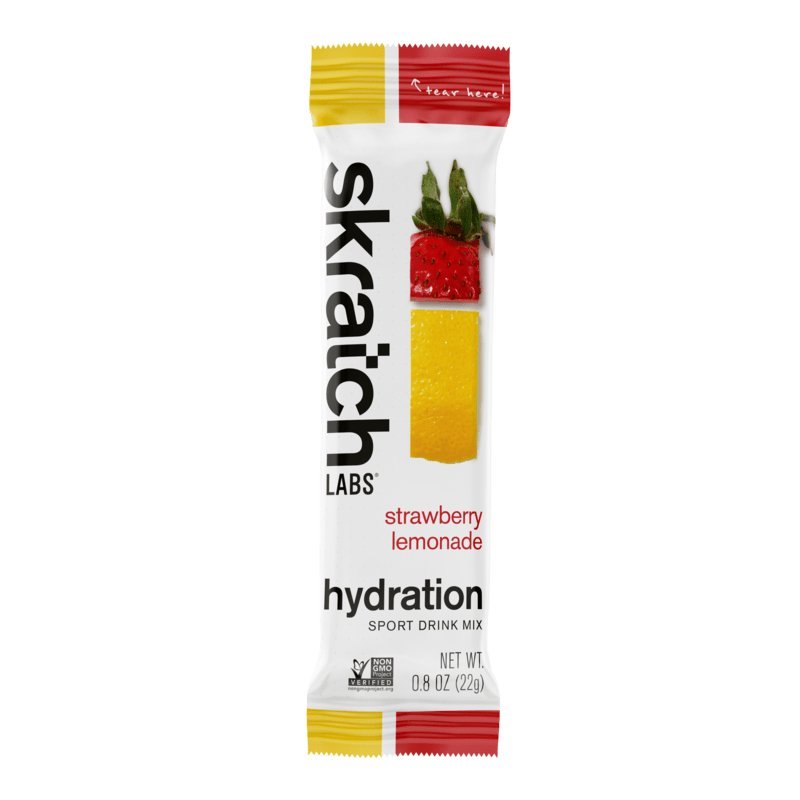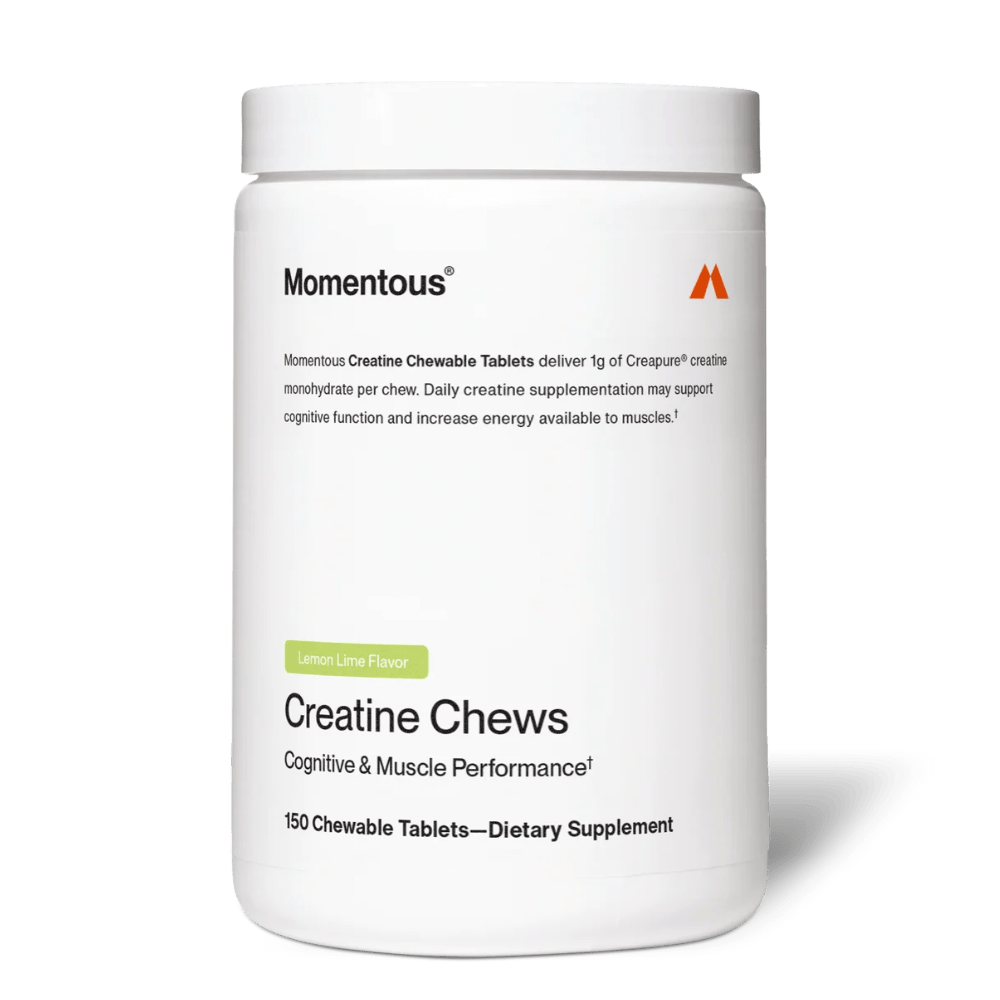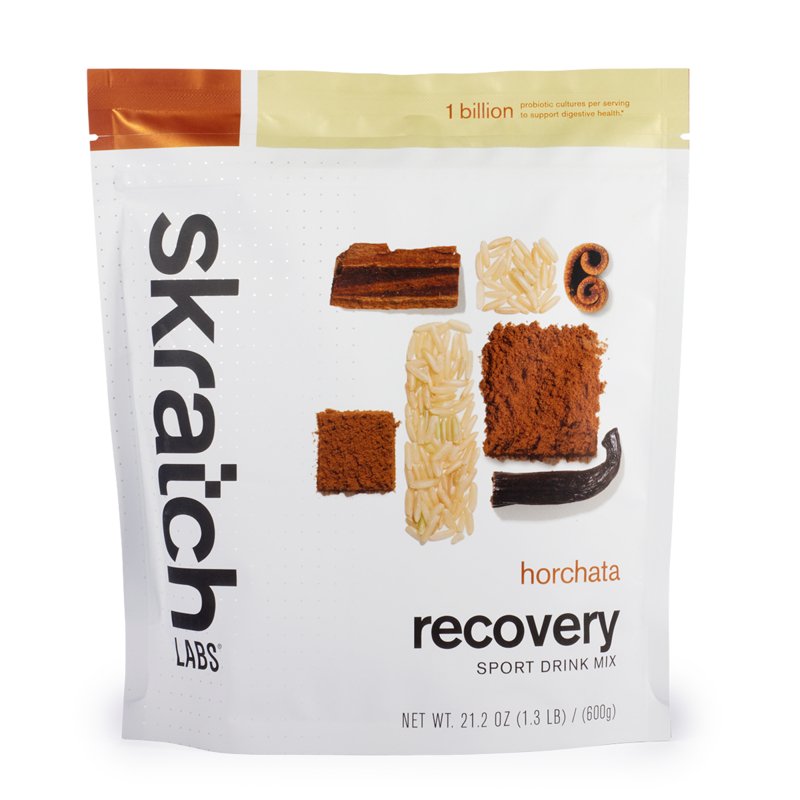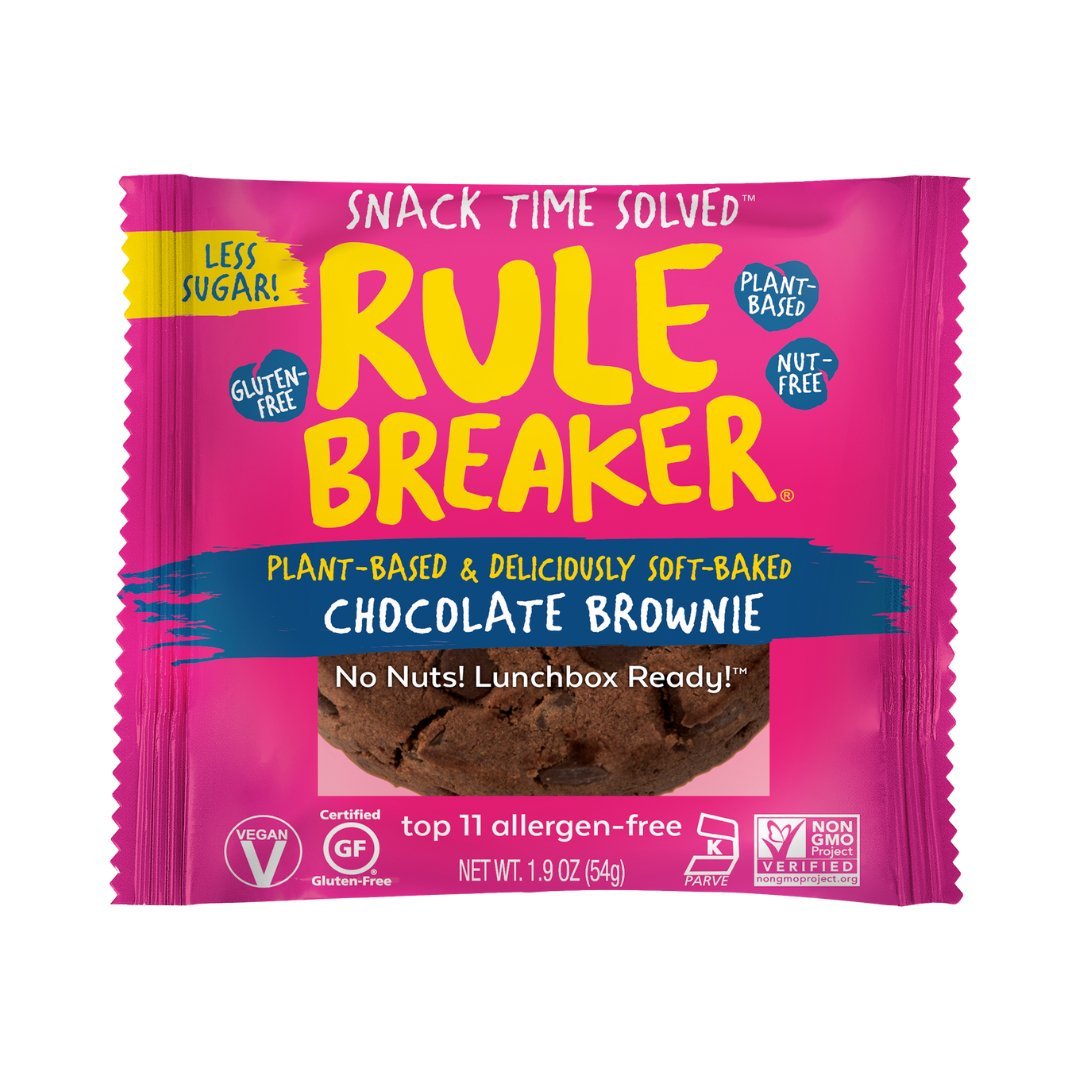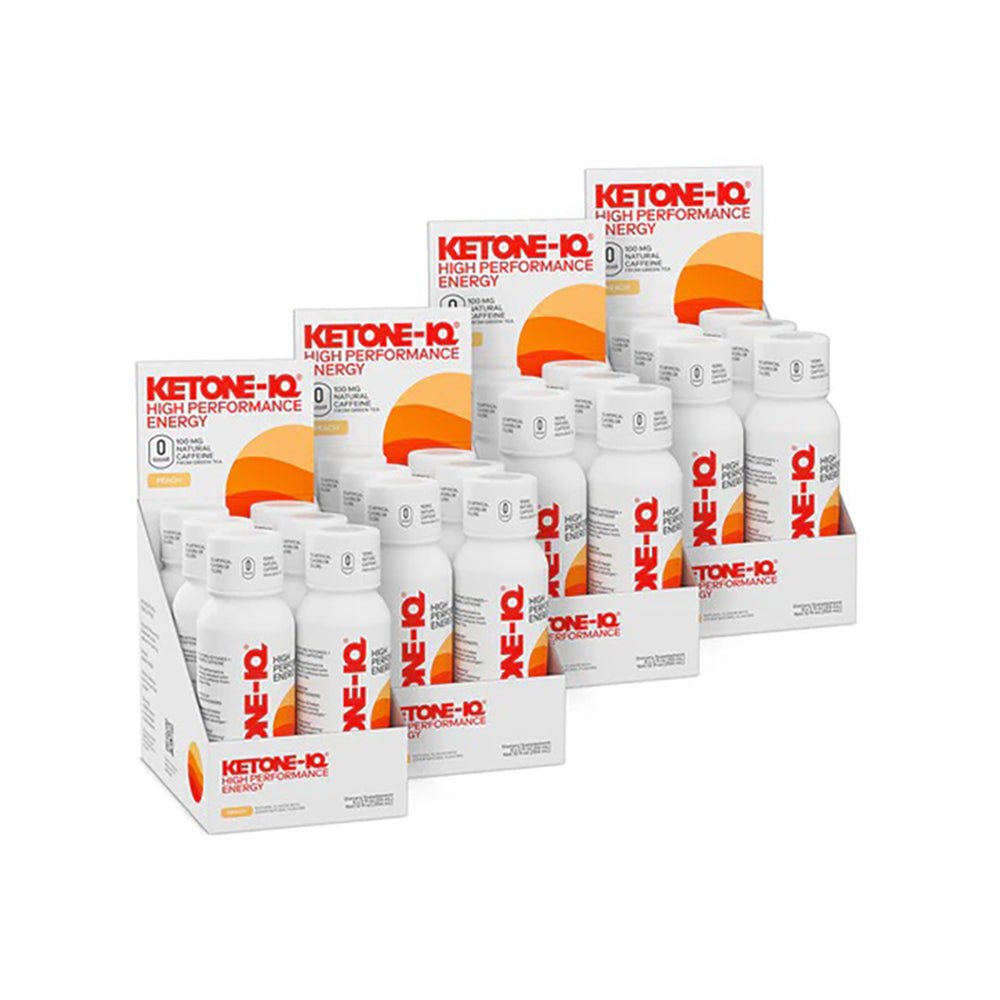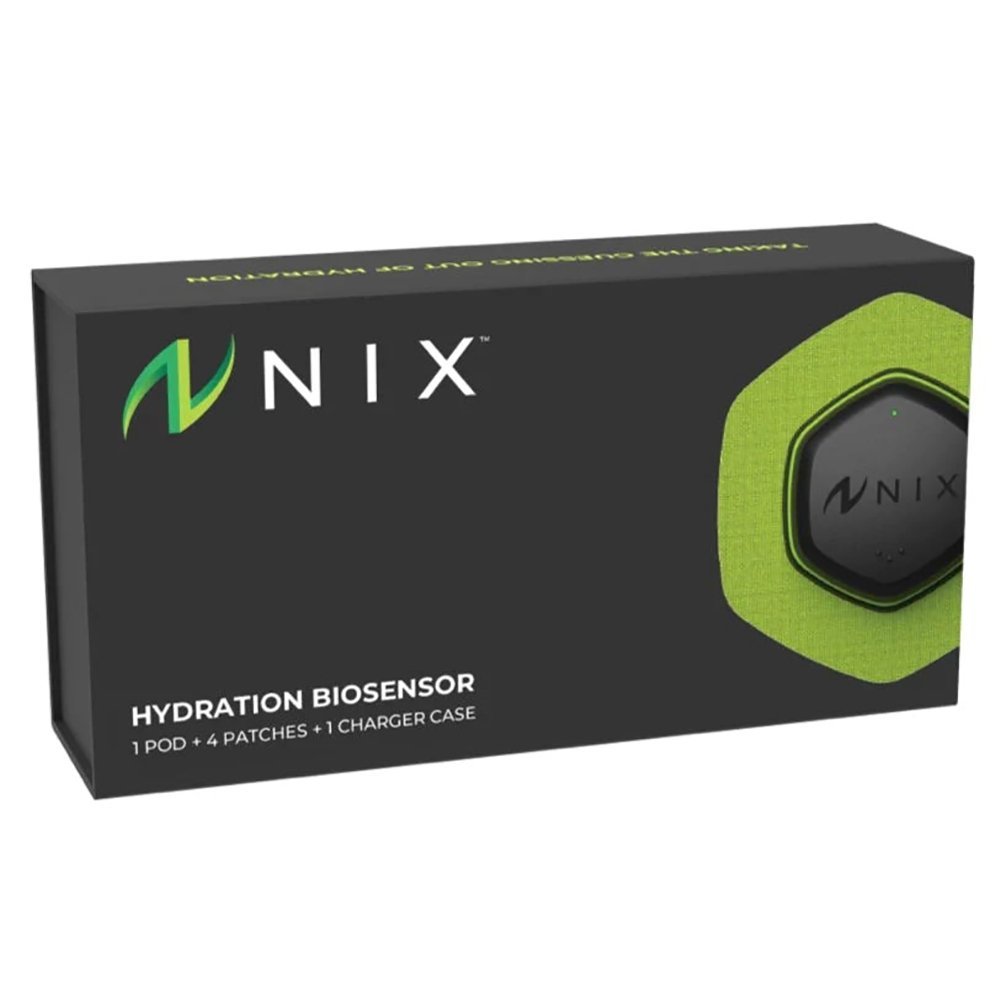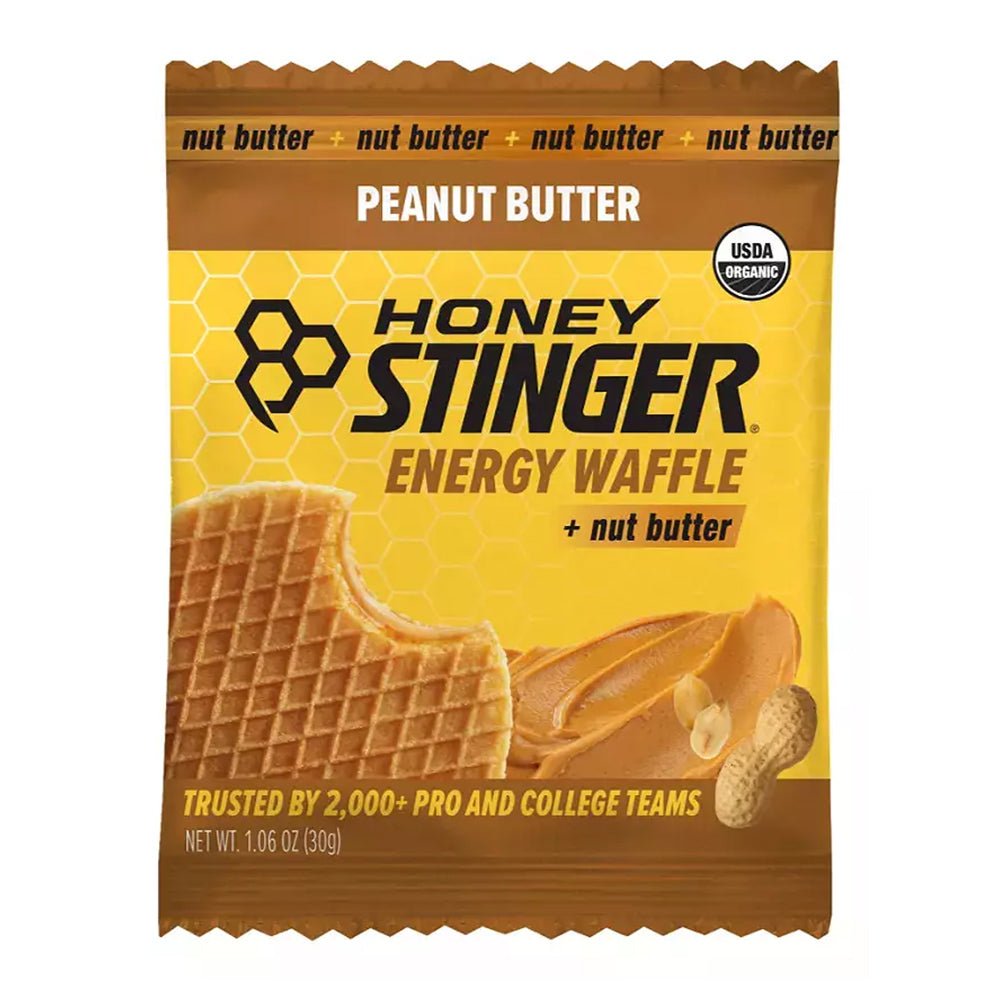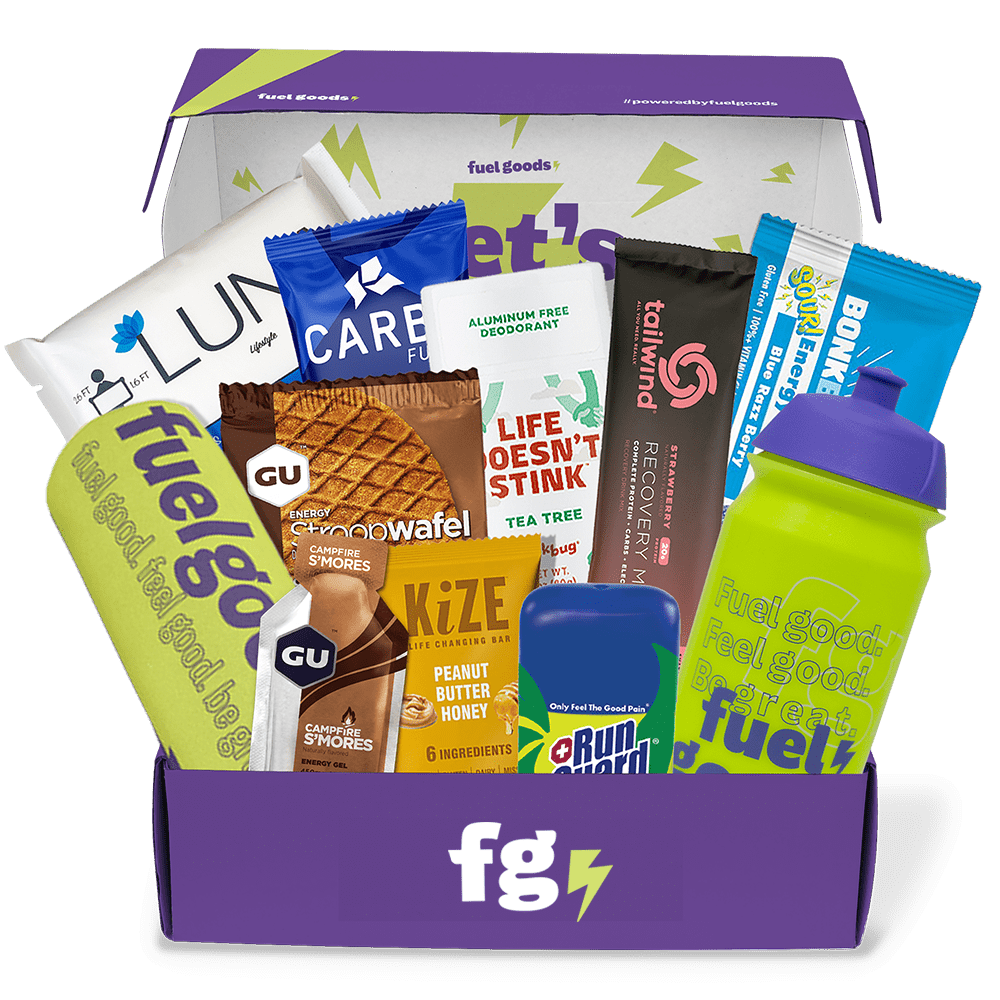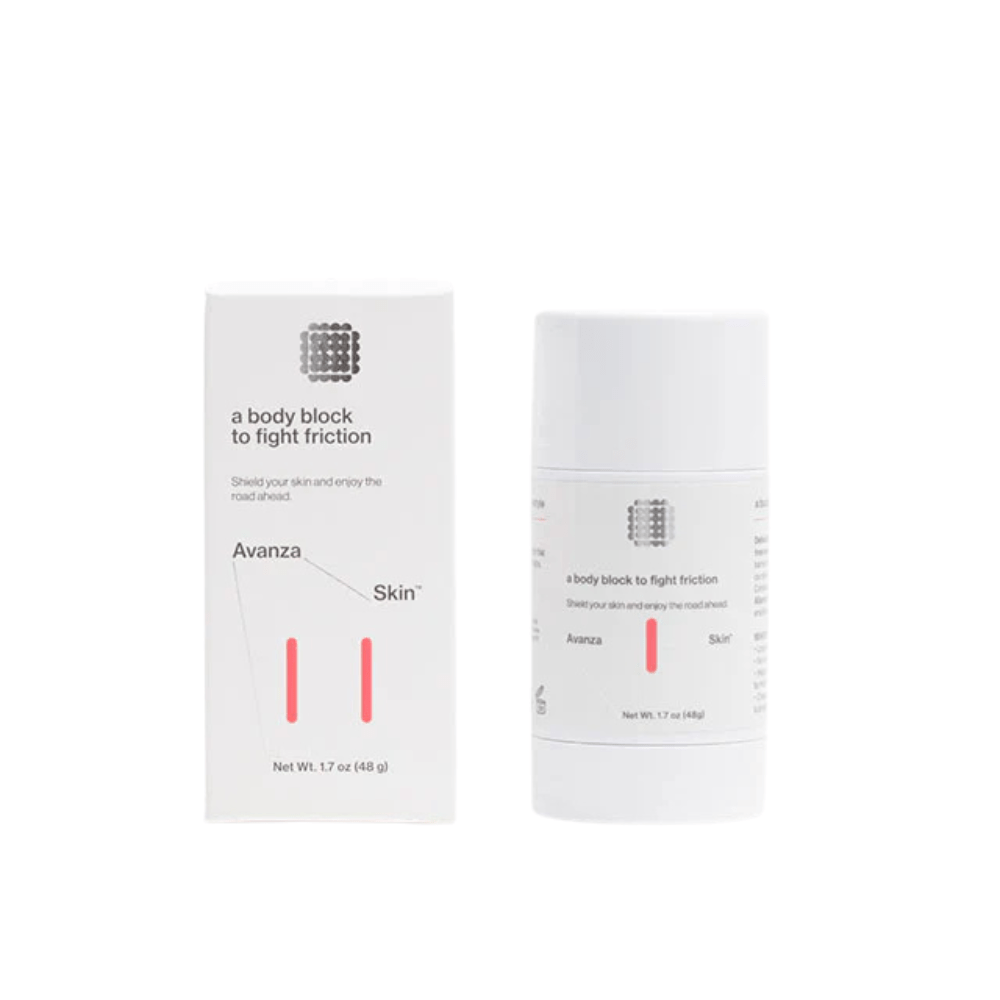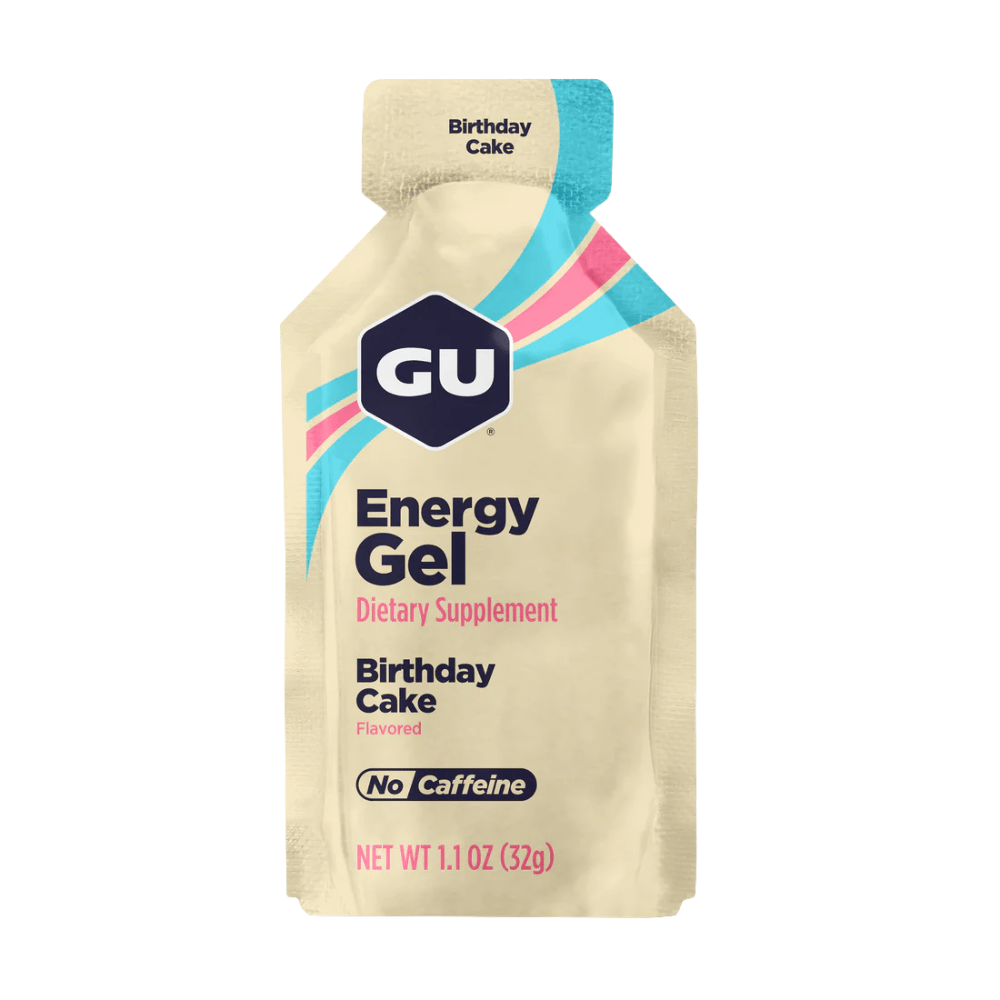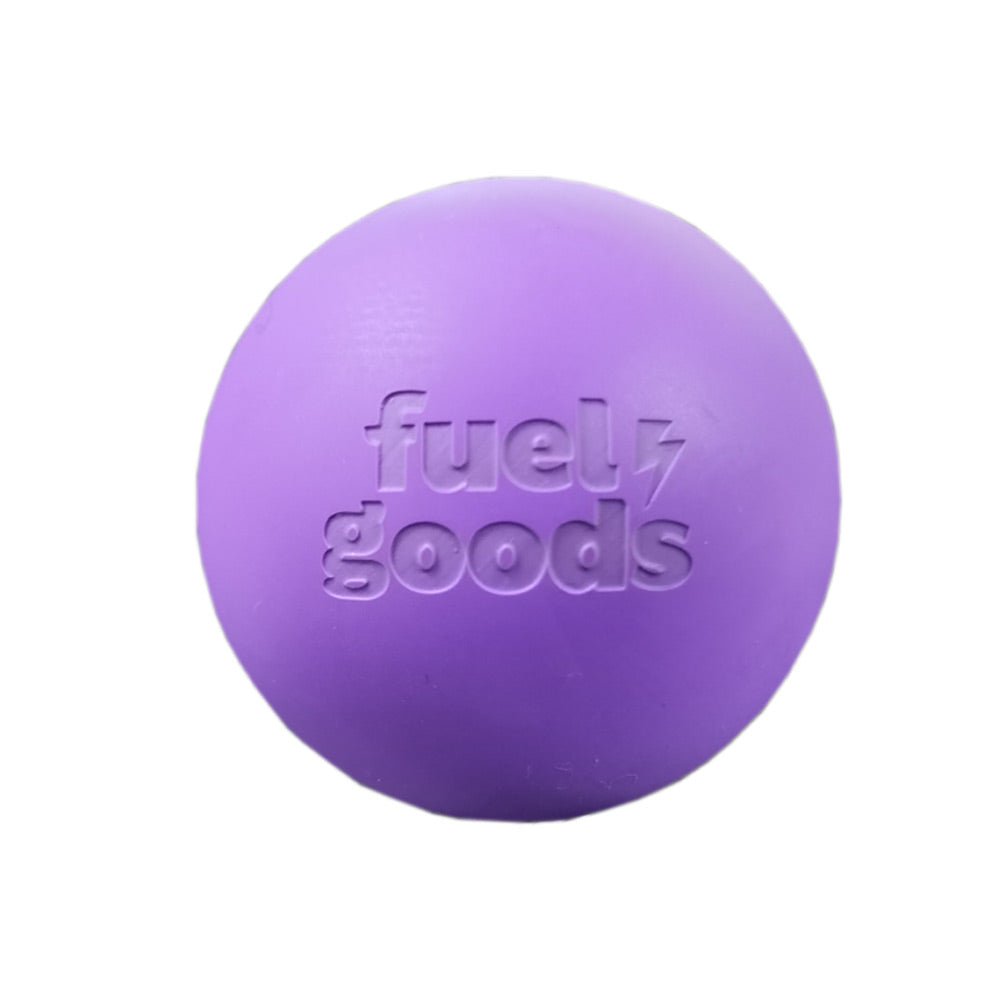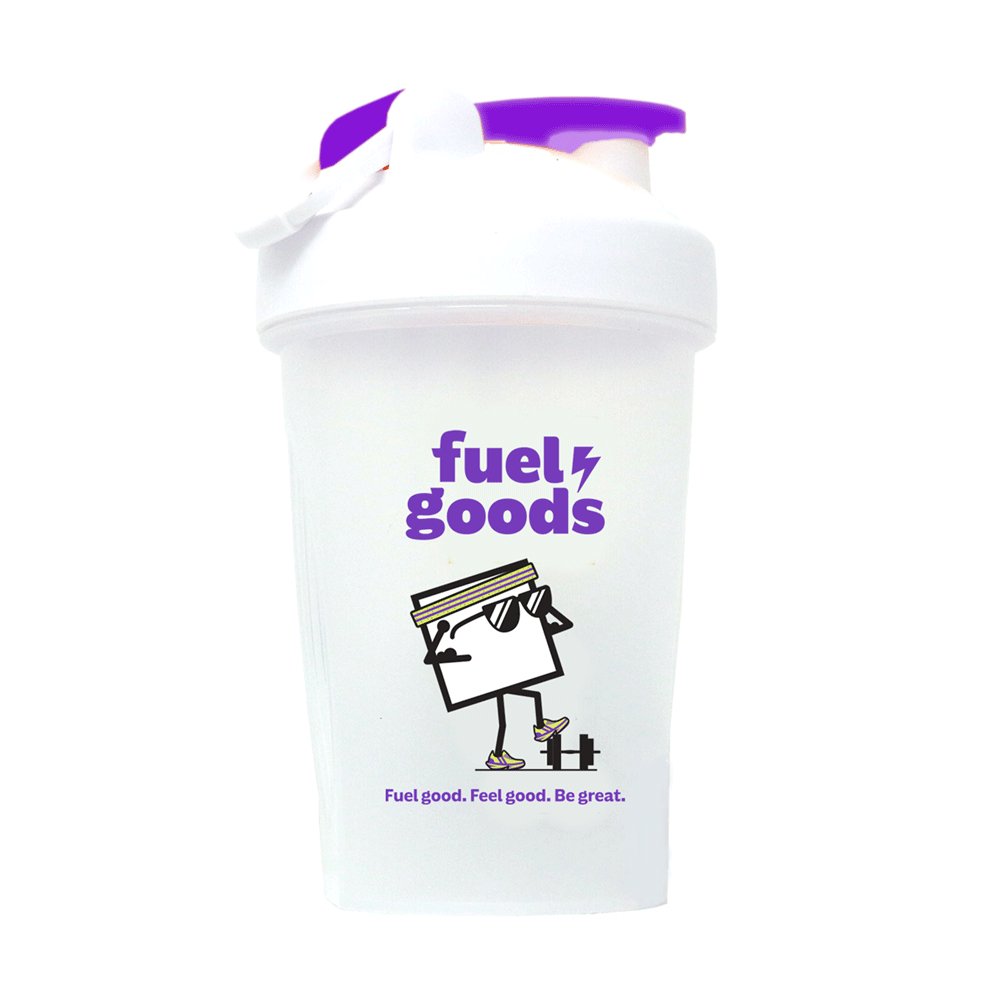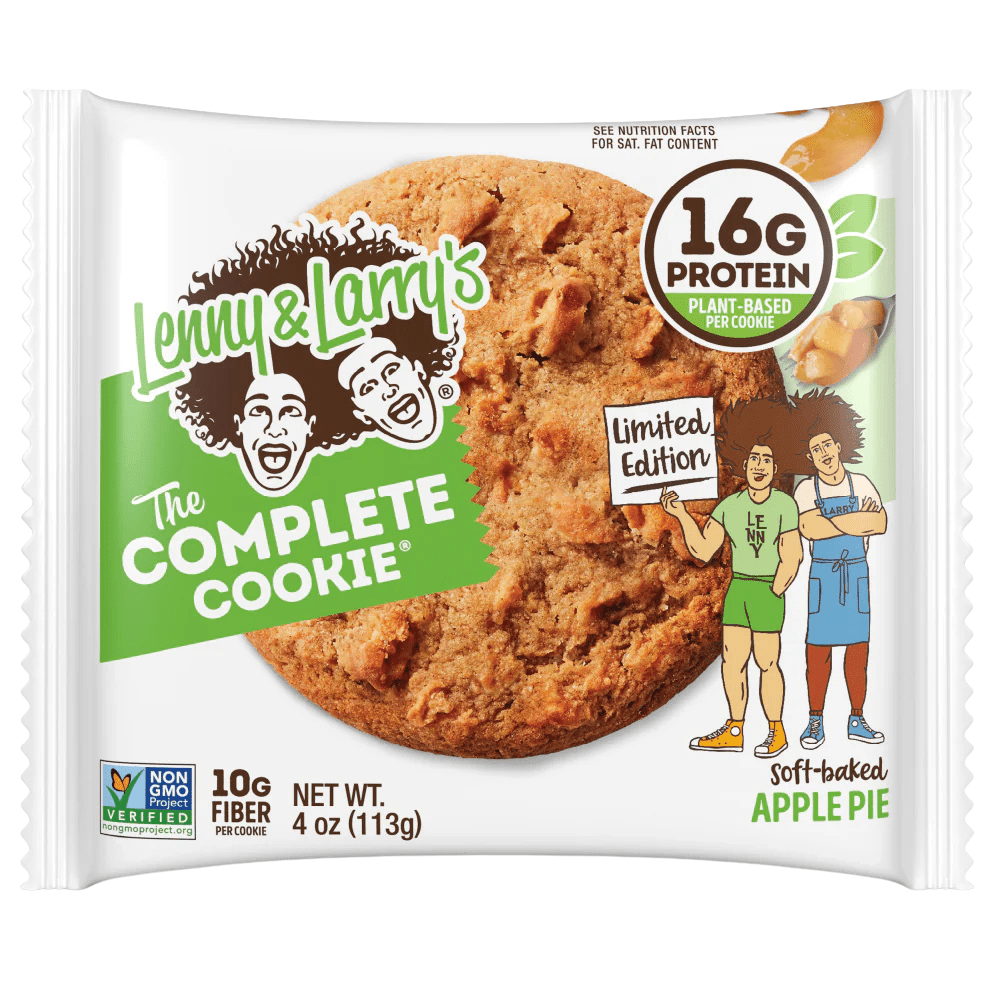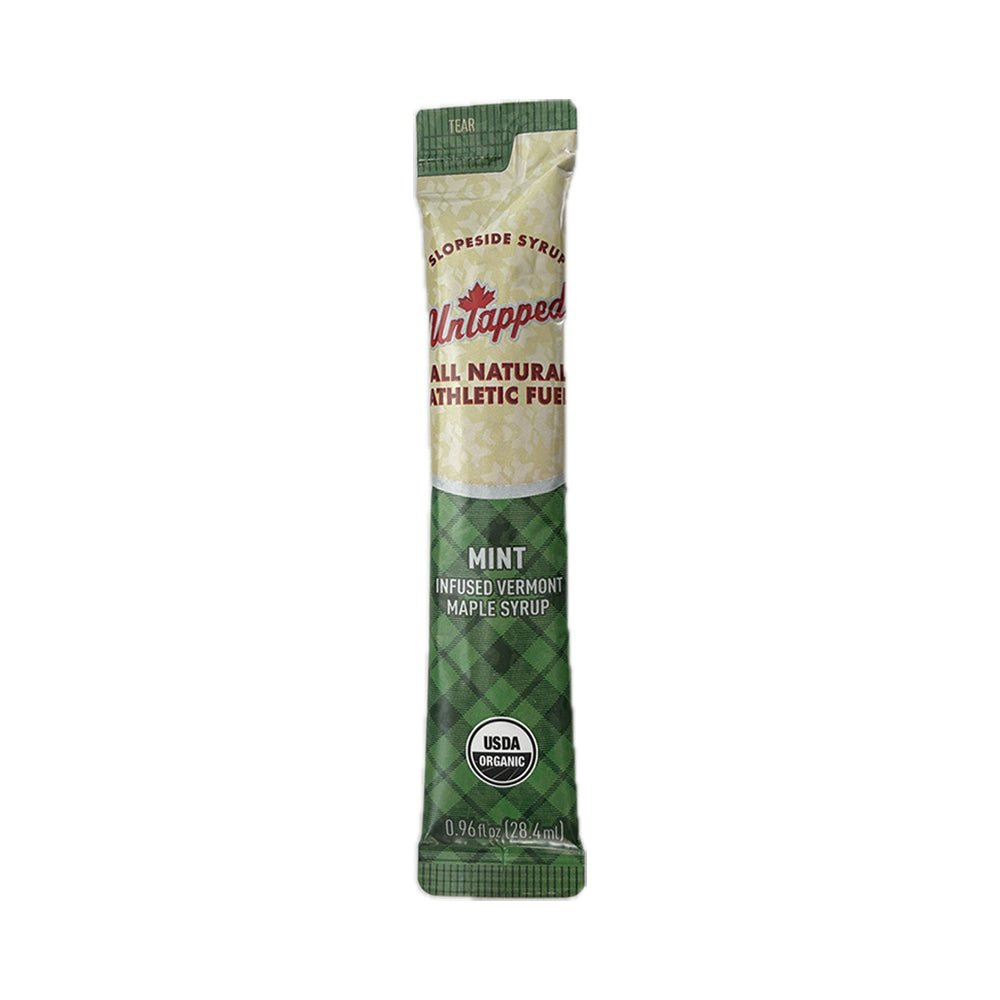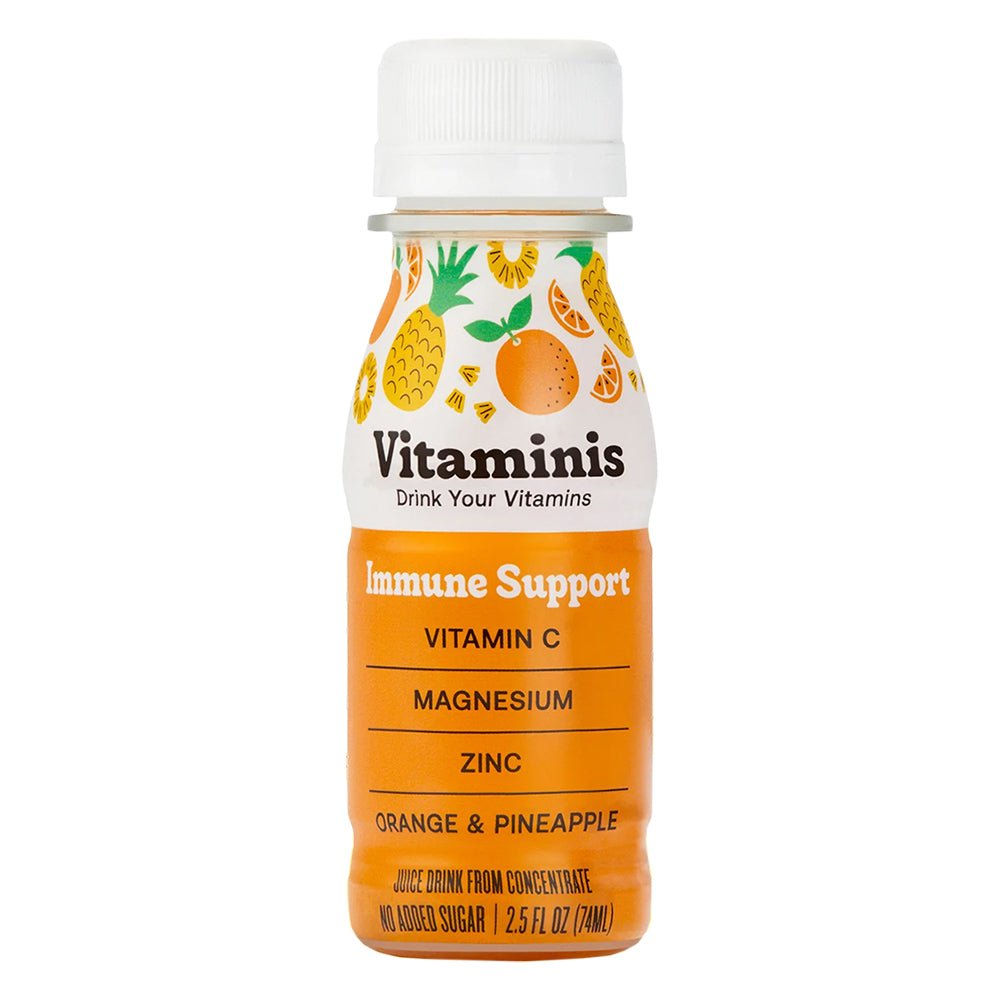Ever felt that sudden, crushing fatigue halfway through a ride? That heavy-legged, fuzzy-brained moment when you realize you've completely bonked? You're not alone. The best cycling gels can help.
Consistent fueling is one of the easiest ways to improve your cycling performance. But how? Science-backed cycling gels are your friend!. This guide breaks down what makes an effective gel, what to look for, and how to fuel smarter in the saddle.
What Are Cycling Gels and Why Should You Use Them?
Energy gels are basically a super-concentrated shot of carbs — your body’s go-to fuel source. When you’re pushing it at medium or high intensity, your body munches on its stored carbs, called glycogen. But guess what? After about 60–90 minutes of hard riding, that tank starts to hit “E,” and you begin to slow down.
Carb gels swoop in like a superhero. They deliver a lightning-fast burst of energy that your stomach can suck right up and ship straight to those hard-working muscles. Plus, they’re ultra-portable, you barely have to chew them, and they’re easy to digest — a massive win when you're crushing the pedals.
The Fueling Numbers
When cycling, how many carbs you need per hour depends on the intensity and length of your ride. The old-school “30–60g/hour” rule is still a good starting point, but endurance science — and countless bonk-free riders — now back a higher range for longer or harder efforts:
- 30–60g/hour: Great for shorter spins or endurance rides under 2 hours.
- 60–90g/hour: The sweet spot for most cyclists training or racing 2–4 hours.
- 90–120g/hour: Advanced fueling for long races and back-to-back efforts — but only if you’ve trained your gut to handle it.
Pro tip: Your stomach is just as trainable as your legs. Start with smaller amounts and work up to higher carb intake over a few weeks of training.
A single energy gel typically delivers 20–25g of carbs, making it an easy building block toward those hourly targets. Combine gels with other fuel sources — like chews or carb-rich drink mixes — to customize your intake and keep energy steady.
How to Choose the Best Cycling Gels
Finding the top cycling gel for your body comes down to a few factors:
Carb Count and Ratio: The Power Punch
The main purpose of an endurance gel is energy, so look at the total grams of carbs per package. Stop the bonk in its tracks and refuel ASAP with the biggest carb hit.
Also, check the carb type. Pro-level gels mix glucose (or maltodextrin) with fructose. Why? This dynamic duo lets your body soak up way more energy (up to 90g an hour!) compared to glucose alone. A ratio of around 2:1 (glucose:fructose) is the gold standard for long-distance fueling.
Texture: Slurp or Sip
Some cycling gels are thick, so you’ll need a good gulp of water to wash them down. Look for thinner and more watery isotonic gels if you’d rather just slurp and go.
Tolerance: Tummy Testing
Although high-quality gels use gut-friendly ingredients, every cyclist’s stomach is different. Try out different options while training to find out what works best for you. No regrets: Never try a new gel on race day!.
Caffeine vs. No Caffeine: Cruise or Boost
Need to crush a hill or power through the final miles? A gel with 25mg–100mg of caffeine can be a game-changer.
Strategic power tip: Most riders stick to non-caffeinated options for the main part of the ride and save the caffeinated heroes to pack a punch for the finishing stretch.
Dietary Requirements: Everyone’s Included
Need something specific? Gels suit almost every requirement: gluten-free, vegan, nut-free, organic, sugar-free, and more. Fueling should be easy for everyone!
Taste: Happy Mouth, Happy Ride!
If it tastes bad, you won't use it — it’s that simple. From fruity explosions and creamy vanilla to rich chocolate and flavor-free options, find a taste you genuinely enjoy.
Top Picks: Popular Carbohydrate Gels for Cycling
Although the best cycling gel for you comes down to personal taste and other must-haves, best-sellers include:
|
Product |
Total Carbohydrate |
Ingredients |
What Athletes Love |
Best Use Case |
|
Maurten GEL 100 / Maurten GEL 100 CAF 100
|
25g |
Water, Glucose, Fructose, Calcium Carbonate, Gluconic Acid, Sodium Alginate (Caffeine in caffeinated version) |
Hydrogel technology for easy digestion, no water needed, complies with varying dietary requirements, caffeinated version available |
Intense training and races |
|
|
30g |
Maltodextrin, Water, Fructose, Gelling Agent (Pectin), Acidity Regulator (Citric Acid), Calcium Lactate, Preservative (Potassium Sorbate) |
High carb content, no water needed, light flavor |
Intense training, long rides |
|
|
50g |
Water, Maltodextrin, Sucrose, Fructose, Acidity Regulators (Citric Acid, Sodium Citrate), Sodium Chloride |
Easy to carry, affordable, high carbs |
Training |
|
Huma Plus - Strawberry Lemonade
|
21g |
Grape Juice Concentrate, Brown Rice Syrup, Lemon Juice, Strawberry Puree, Water, Powdered Chia Seeds, Strawberry Concentrate, Sea Salt, Coconut Water Powder, Natural Caffeine |
Flavor, all-natural ingredients |
Training, long rides |
Fueling Strategy: Tips for Using Energy Gels on the Bike
Want to get the most juice out of your pocket fuel? Follow these three golden rules:
- Fuel early and often: Take your first gel about 45 minutes into your ride. After that, aim for one every 30–45 minutes, depending on the carb count of your other fuel sources.
- Hydrate: Unless you're using an isotonic gel, always chase the gel with a few big swigs of water or a sports drink.
- Train your gut: We’ll say it louder for the people in the back: Never try a new gel or flavor on race day! Your stomach deserves a rehearsal, too!
Find Your Best Cycling Fuel
The best cycling gel for you tastes good, doesn’t upset your stomach, and reliably delivers the boost you need, when you need it. Use My Fuel Finder for free, personalized recommendations, and find your best cycling gel mate that makes you feel strong, energized, and ready to power through the distance.
Or to get easy, curated fuels handpicked by the pros delivered every other month — shop the RiderBox.
